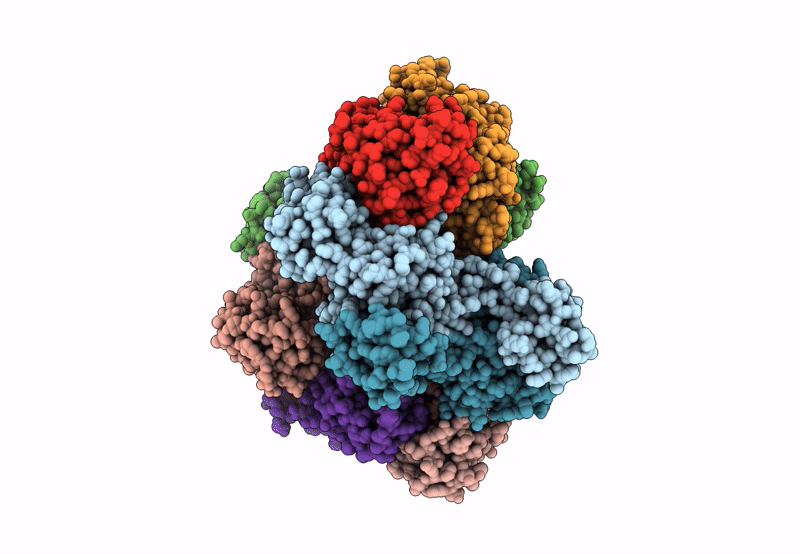
Deposition Date
2023-05-03
Release Date
2023-11-29
Last Version Date
2024-03-13
Entry Detail
PDB ID:
8OY0
Keywords:
Title:
ATP phosphoribosyltransferase (HisZG ATPPRT) from Acinetobacter baumanii
Biological Source:
Source Organism:
Acinetobacter baumannii ATCC 17978 (Taxon ID: 400667)
Host Organism:
Method Details:
Experimental Method:
Resolution:
2.40 Å
R-Value Free:
0.26
R-Value Work:
0.23
R-Value Observed:
0.23
Space Group:
P 1 21 1


